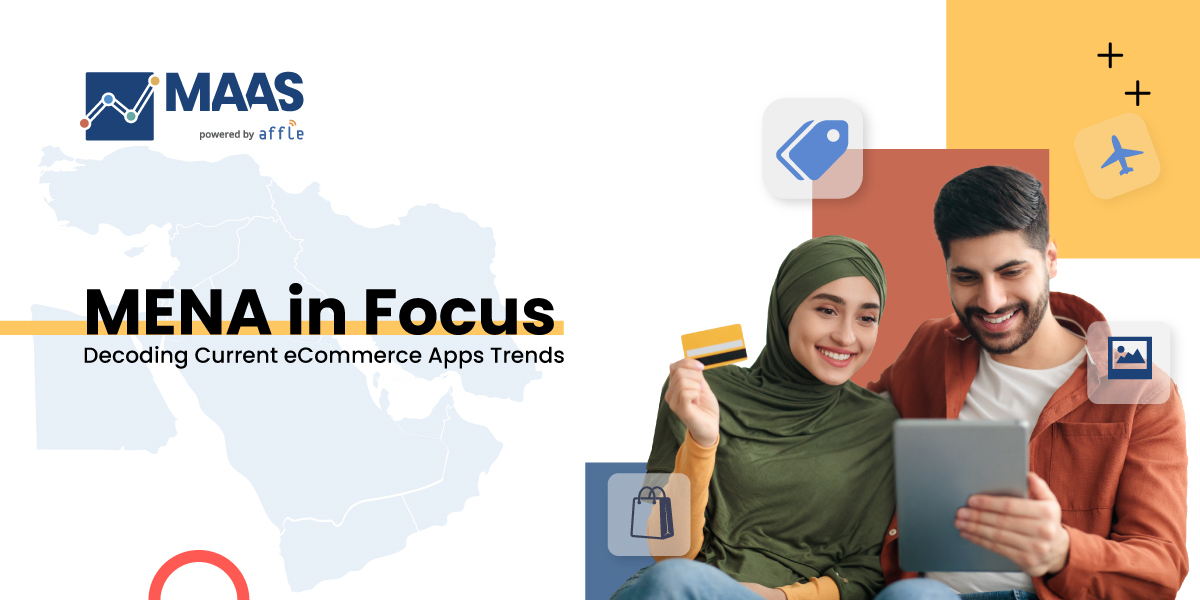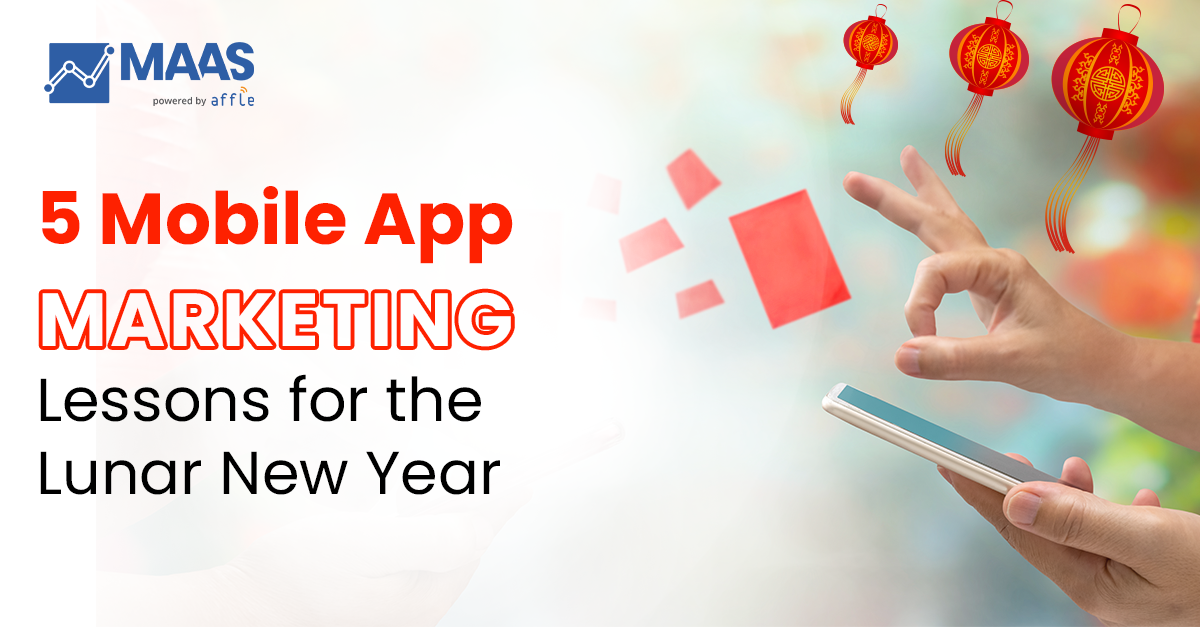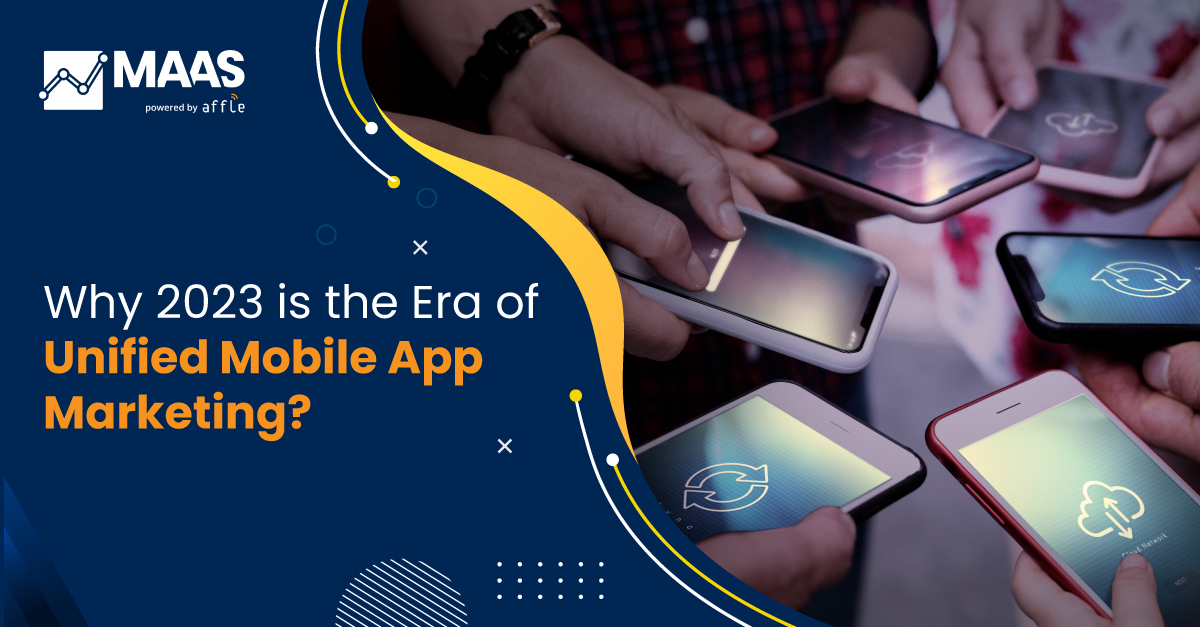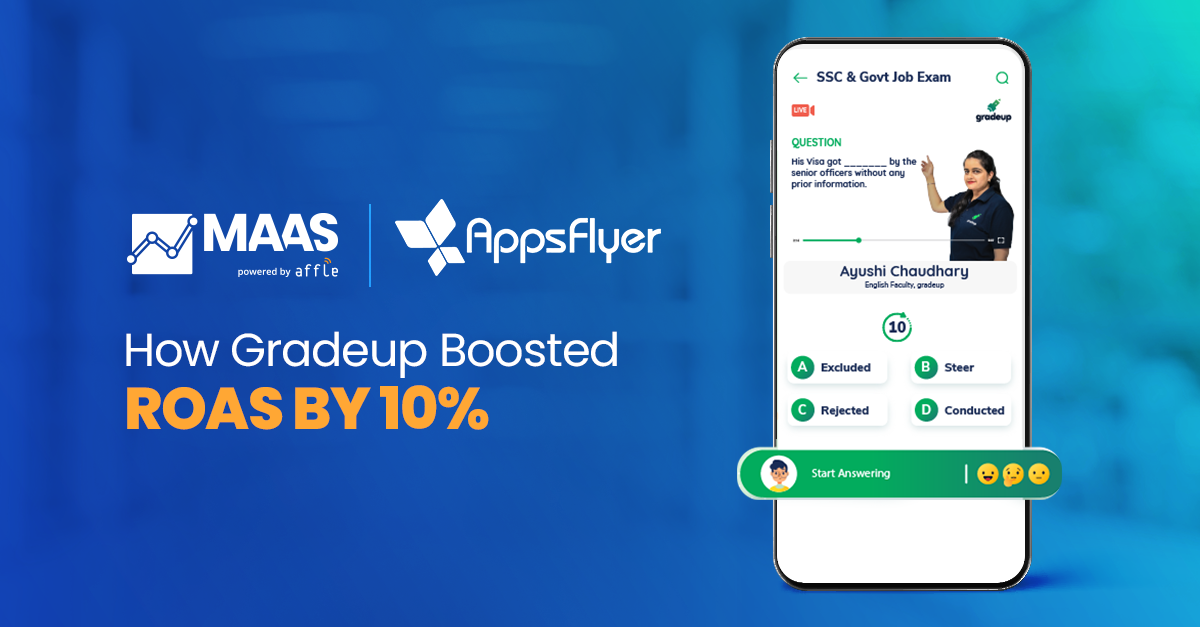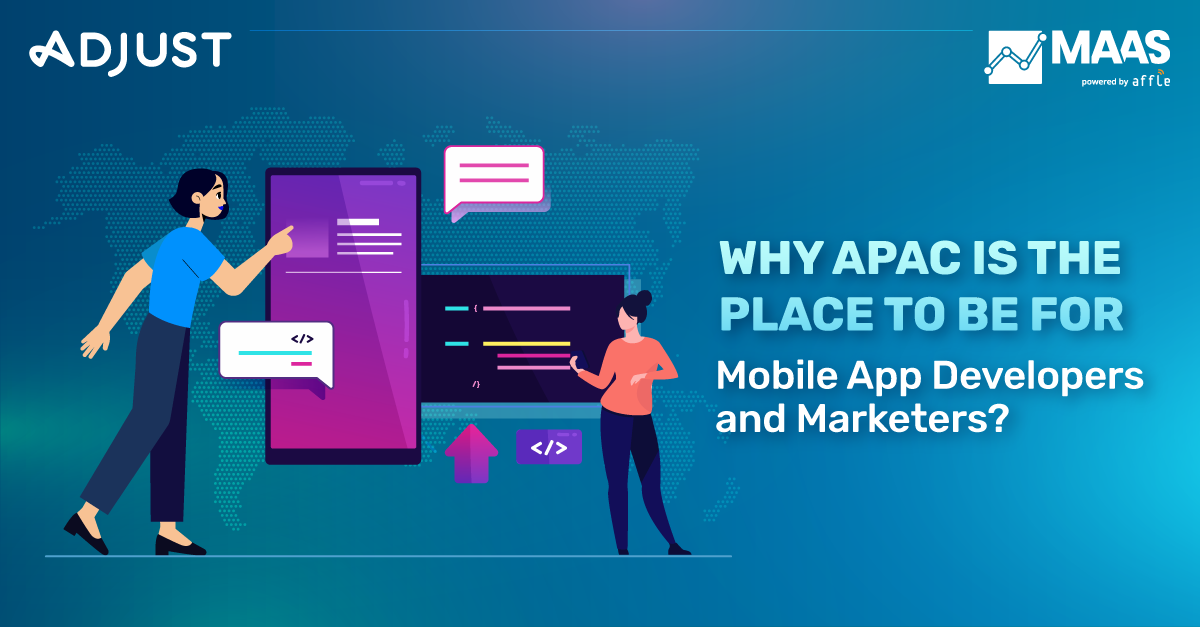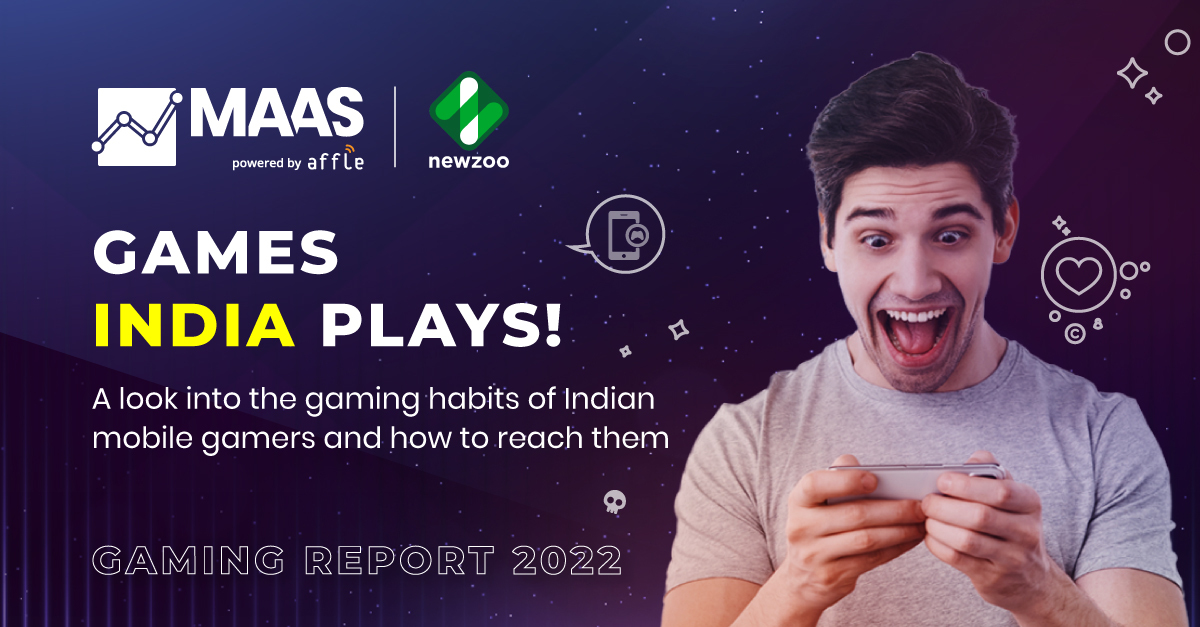The Best Things in Life Come With an App : An Interview With Dentsu International and MAAS

Southeast Asia’s rapid and high mobile penetration is no secret. The region also shows a significant interest in digitizing daily life. Hence, it comes as no surprise that app marketers from both, evolved and developing markets, are making a beeline for a slice of the diverse user pie of Southeast Asia. This week Mudasir Bashir, Business Director – MAAS, caught up with Prabhat Taneja, Head of Biddable Strategy & Performance, Dentsu International (Malaysia) to talk about all things app and how growth is set to unfold in the app ecosystem of southeast Asia.
Mudasir : Considering the past two years have contributed to habituating the consumer for a mobile-first approach, what are some of the exciting app trends you expect to see flourishing in southeast Asia in 2022?
Prabhat : I am quite excited to see how app marketers will leverage this increased demand of convenience, value and accessibility for practically every service under the sun. Be it food, groceries, recharging your phone, shopping – every single service or product that you need for your day to day life has to now go to the customer, rather than the customer going to them. Another exciting trend is the emergence of the superapps and how the government regulatory policies will contribute to create a level playing field. Gojek and Tokopedia’s recent merger in the region has raised questions about the practicality of superapps in SEA, how they become part of the consumer habit and how they contribute to the overall growth of the app ecosystem, across verticals. Additionally, we are looking at 2022 as the year when data driven app marketing will reach newer heights of precision not only in terms of reach but also generating more quality leads. Social media’s influence on the app economy is another interesting trend – in SEA the young population, especially 16-24, almost everyone has a social media account and people are looking at social media as a research ground before trying out new brands. So it will be quite interesting to see how app marketers will leverage the power of socials to aid their UA efforts.
Mudasir : FinTech, eCommerce and gaming have taken SEA by storm. How do you see these three categories evolving in the region in terms of UA and monetization in the coming months?
Prabhat : These three categories are like a holy trinity of UA and monetization. Hyper casual games are definitely the favorites in the region. By the end of this year, the region is expecting to see at least over 250 million mobile gamers. With game snacking becoming a mainstream habit, gaming apps make for great ad platforms. Rewarded videos or ads with virtual benefits like in-game coins, lives, etc. are quite popular. And once you show your ad to a consumer repeatedly without overwhelming them, their chances of conversion are quite high. And with gaming becoming such an important part of mainstream life, esports is attracting a lot of focus as a serious event. I think in the coming years we are also set to see the lines between FinTech and eCommerce blurring. As it is now, both the verticals make excellent partners to progress to the next level of growth. As eCommerce adoption increases beyond the urban, it will be FinTech that will help complete the loop of customer satisfaction. And this marriage is especially great for southeast Asia where you have quite a few archipelagos that make presence of physical options difficult. Additionally, there’s also a very high percentage of the unbanked population here for whom FinTech is making it easy to indulge in everything the digital medium has to offer. For southeast Asia, eCommerce and FinTech together are changing the way businesses sustain and reach their consumers – these two verticals together are truly bringing the global to doorstep of each southeast Asian household.
Mudasir : Gamification is a word that one is commonly hearing these days to improve app engagement. What are some of your thoughts on how to correctly leverage this new trend?
Prabhat : It’s a great user engagement strategy but it’s not always for an app in the launch stage. I would say a good time to include gamification in the app is when you have already built a very stable product and amassed a decent number of loyal users. Also it’s important to have a meticulous gamification strategy – ask a few basic questions like what is my end goal of introducing a gamification element?, what kind of recognitions/rewards will add value to my user’s experience on the app?, how much time and budget am I willing to spend on this? Before introducing a gamification element, app marketers must remember it is not a makeover tool, it’s just an enhancement. A few must-haves for a good gamification strategy – measurable goals, target user segment, valuable rewards, recognitions, simplicity of usage, social shares and feedback monitoring.
Mudasir : Malaysia is known as a shopping paradise. How do you think the rising popularity of eCommerce apps will impact the shopping experience in the country?
Prabhat : I think eCommerce apps will only enhance the shopping experience. It’s not just about convenience and ease. eCommerce apps have such a great fan following because of the sheer variety it offers. Malaysia has so many products to offer to its local population and tourists – indigenous fashion, traditional gifts, tropical art, the country’s special food items like tea, coffee, spices. It is not possible to find the best of everything that Malaysia has to offer in just one physical market. That’s where eCommerce steps in – it makes it easy for everyone to experience the rich retail culture Malaysia is known for. Also Malaysia has a high SME rate – almost 98%. eCommerce gives opportunities to these businesses to extend their reach beyond their centre of operations.
Mudasir : When it comes to mobile marketing in Malaysia, what would be some of the challenges app marketers face in the region and how can they overcome it?
Prabhat : Mobile marketing is usually preferred for its measurability and tangible results. However, with the changes in iOS 14.5, tracking and effective performance campaign optimization has become a little difficult. While there are solutions to bypass the issues, they may not be economically viable for all marketers. Another challenge that mobile marketers often face in the region is the decision to prioritize – should they focus on hyper-personalization or adopt a broad approach or tow the fine line of balance between the two? This I believe depends a lot on how you visualize the growth journey of your app – if you are looking for scale a targeted approach can help but if you are looking for creating an effective user base, going broad is more preferable. Another point to be aware of is proper distribution of budget across channels – not all channels work for all apps. App marketers have to find out what would be the correct mix of channels for their app and then take a call on distributing a limited budget. Most importantly focus on creating a thoughtful marketing strategy that combines simplicity, data and creativity in distribution of your messaging and ensure you have an effective app that solves a core problem.
Mudasir : Lastly, what should app marketers keep in mind to understand and impress the Malaysian audience?
Prabhat : The region – any app marketer looking to make a mark here must understand how the equation of the Malays, Chinese and Indian populace work in the country. It is very important to be mindful of the government’s laws on freedom of expression and understanding what themes are sensitive to the population here. Vernacular campaigns and messaging is one way to the hearts of the Malaysian populace – Bahasa & Chinese are two most popular languages in the region. While Malaysia has great infrastructure, affluence is not a quality associated with the land so marketers have to know where and how to reach the audience. Gaming and influencer communities in Malaysia are quite in vogue for the past 2 years so that too can be segmented for strategic marketing partnerships. People are generally easy going, generous and friendly and these are values the audience relates with in the country.
With over 8 years of experience in core digital performance and analytics, Prabhat has spent his formative years working in India and Malaysia with exposure to multiple APAC markets. Currently leading the Biddable team at Dentsu Malaysia with Strategic & Executional expertise spanning across multiple paid and native media channels.
Mudasir drives business growth for MAAS in the markets of Malaysia, Singapore and the Philippines. He has been with Affle for over seven years and in his role, he manages the day to day business development activities in the said markets and is trusted with strengthening client relations and creating an impactful brand presence of MAAS in the region. When not working, Mudasir loves music and binging on science fiction.
dentsu is an internationally acclaimed media and digital marketing communications company partnering with brands to world-class solutions and services that unlock new opportunities for growth and business transformation across the entire customer journey.
Affle’s MAAS is a unified audience platform that enables mobile advertisers to acquire quality users at scale, across directly integrated publishers, programmatic platforms, and relevant app recommendations.



